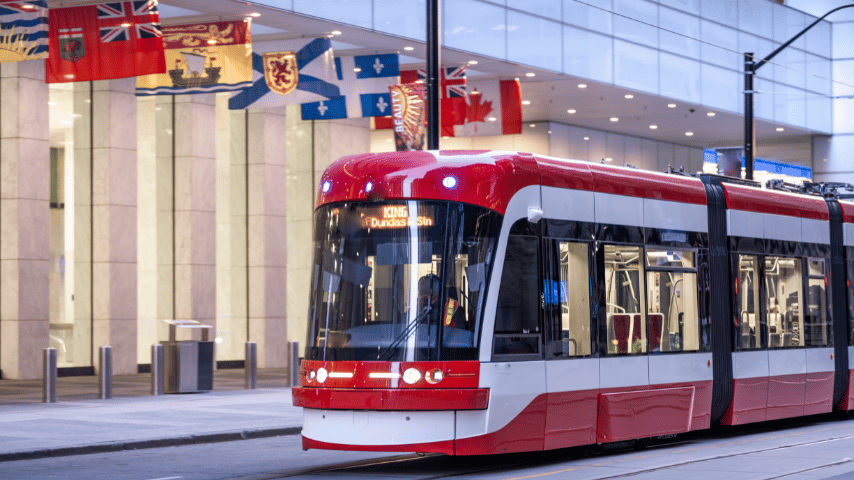Canada’s stunning vistas and cosmopolitan locales are facing a pressing challenge: making housing and transportation affordable and accessible for its citizens, especially those on lower incomes who depend on public transit.
The Canadian Urban Transit Association (CUTA) recently identified a significant disconnect between housing development and public transit planning. This lack of coordination leads to housing that’s far from transit options and transit systems that don’t serve high-density living areas well.
CUTA’s report calls for a unified approach to planning, stressing the importance of transit-oriented development—creating neighborhoods centered around public transit systems. The report offers 17 policy recommendations aimed at enhancing transit-oriented development, building more housing near existing transit, ensuring affordable housing, streamlining project approvals, and investing in initiatives that increase housing and public transit use.
A notable initiative is the federal Permanent Public Transit Fund slated for 2026, which will encourage better integration of housing and transit through financial incentives to local governments.
In Ottawa, city planners are rezoning land around new Light Rail Transit (LRT) stations in anticipation of population growth. Gillian Burnside from Avison Young notes this strategy as a game-changer for the city. Ottawa’s Official Plan seeks to create “15-minute communities” where residents can access housing, work, and amenities within a short walk or transit ride. The Falcon Ridge Village project exemplifies this, being the only ready-for-development residential area near rapid transit.


Be First to Comment